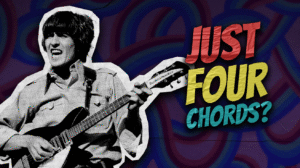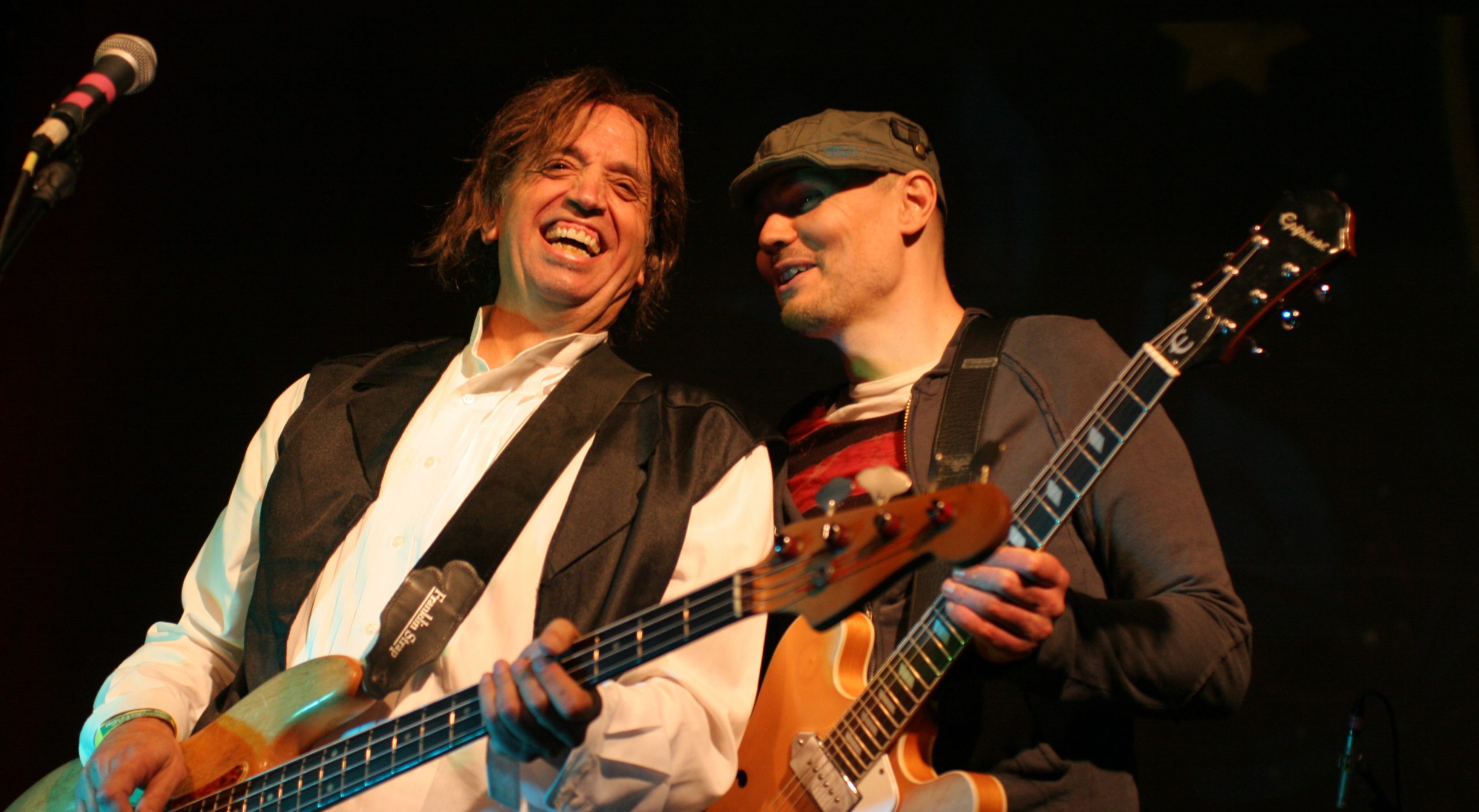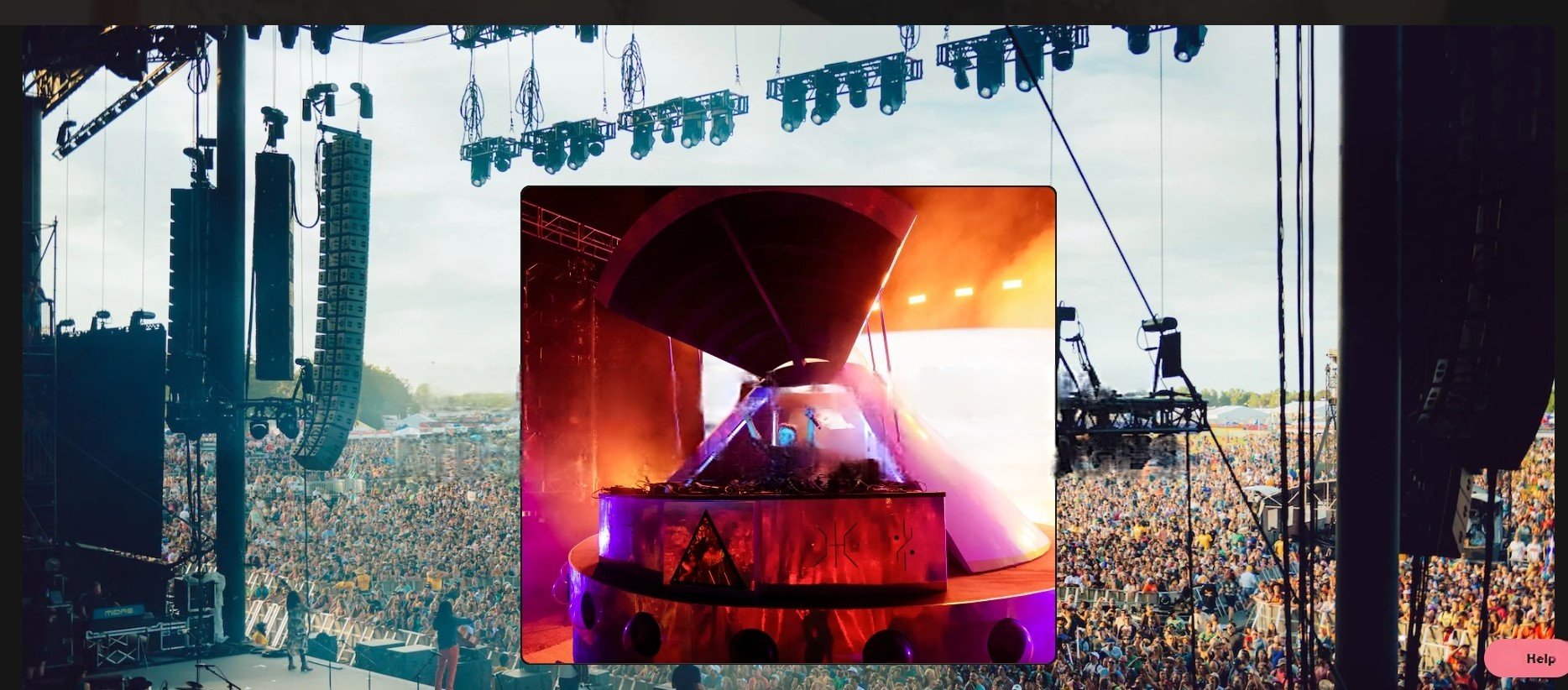
The 1980s wasn’t just about neon colors and big hair – it was sonic warfare fought with synthesizers and drum machines. But underneath those electronic battle clothes? Raw emotional skeletons that stand naked and proud when stripped to acoustic wood and steel. These songs weren’t just hits – they were cultural armor for an entire generation figuring out how to feel in a world going digital. Six strings and wooden bodies don’t just replay these anthems – they illuminate the raw feelings and triumphs the synthesizers were sometimes masking.
When you peel back the layers of 80s production excess, what remains is often more revolutionary than the original. The transformation from programmed perfection to finger-on-string vulnerability distinguishes which songwriters were hiding behind technology and which ones were using it as just another crayon in their emotional coloring box. These twelve songs survive the acoustic translation process similar to how The Shawshank Redemption’s Andy Dufresne crawled through sewage and came out clean on the other side.
12. Simple Minds – Don’t You Forget About Me

The Breakfast Club anthem wasn’t just movie decoration – it was the battle cry for every teenager who felt unseen. On acoustic guitar, those simple D to E chord shifts unmask something the studio polish camouflaged: accessibility. This track doesn’t gate-keep with technical demands. It welcomes beginners with open arms and just two main chord shapes that even sleep-deprived fingers can find. Much like how these songs reveal their core when played on acoustic guitar, many iconic 80s toys from the era endure because the designs were built on simple, timeless fun, regardless of flashy packaging.
The entire emotional journey from verse to chorus requires just five chords total, functioning almost as training wheels for novice guitarists. What’s revolutionary isn’t the complexity – it’s how the composition’s skeleton demonstrates music’s democratic potential. No fancy equipment needed, no years of training required. Just wood, strings, and the courage to play. The industry tried packaging teen alienation in glossy production, but with just six strings, the raw communication remains intact without the corporate middleman.
11. Bon Jovi – Wanted Dead or Alive

The cowboy fantasy of New Jersey hair metal reveals itself as something far more authentic when the power ballad armor comes off. That intimidating intro – the one that’s scared off countless beginners – is just the bouncer outside a surprisingly welcoming club. Inside waits a gathering of friendly, open chord shapes that practically introduce themselves: D, Cadd9, G, F.
Stripped down to bare wood and string, the machismo falls away to showcase a folk narrative hiding underneath the spandex. Without stadium reverb and power chords, what emerges is essentially a campfire chronicle about loneliness and connection – themes that transcend the hair-sprayed era they emerged from. The contrast between technically challenging intro and accessible body creates the perfect growth path for developing players, similar to how film directors use an intense opening scene before easing into character development.
10. Tears for Fears – Everybody Wants to Rule the World
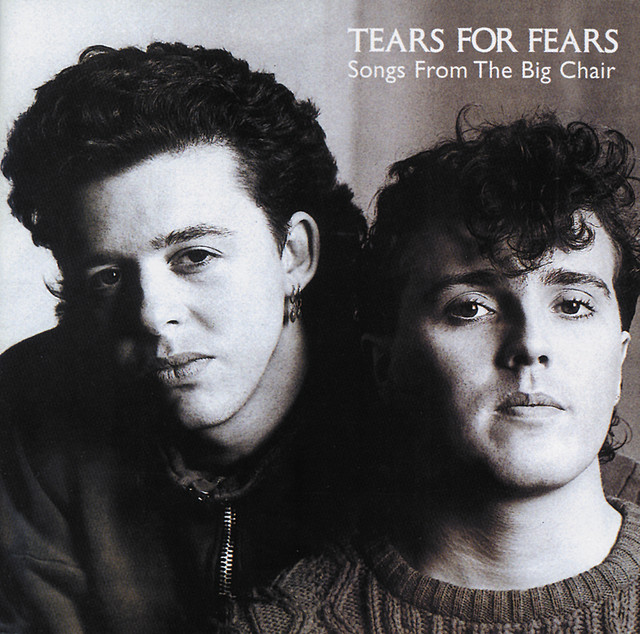
Behind this composition’s political commentary lurks a secret guitar technique manifesto. The signature sliding between seventh and fifth frets isn’t just pretty – its revolutionary guitar technique disguised as pop. This anthem teaches players about alternate picking and position shifts without feeling like musical vegetables forcing themselves down reluctant throats.
The A-over-D chord structure quietly introduces players to the concept of slash chords – those harmonic tools that create tension and movement beyond basic shapes. Tears for Fears wrapped guitar education inside radio-friendly packaging, similar to how parents hide vegetables in spaghetti sauce. The result decades later? Thousands of guitarists who unknowingly built technique foundations on a track critiquing the power structures of Thatcher and Reagan’s world. Music education as political subversion.
9. a-ha – Take On Me
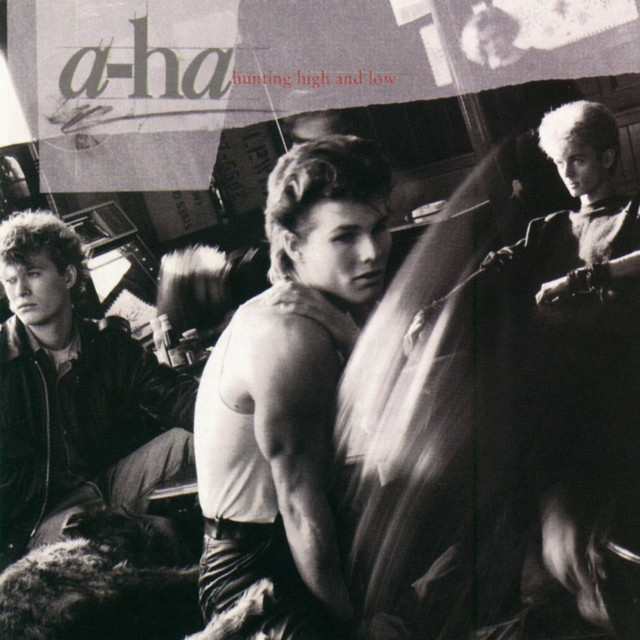
Behind that famously impossible vocal note hides an acoustic framework that refuses to be trapped in synth-pop history. With a capo on the second fret and just four open chords, this song morphs from 80s novelty to timeless campfire material. Fingerpicked and capo-clamped, the simplicity spotlights how pure melody – not studio wizardry – formed the true heart of a-ha’s breakthrough hit.
The song’s chorus delivers a masterclass in how chord substitutions (Bm, Bm7, B7) create emotional complexity without technical barriers. This teaches developing musicians the crucial difference between complexity and emotion – you don’t need the former to create the latter. Like contemporary artists who strip back production to showcase vulnerability (think Phoebe Bridgers or early Bon Iver), the acoustic version of Take On Me indicates how synthetic production often masked genuine emotional craftsmanship during the 80s.
8. Billy Idol – White Wedding
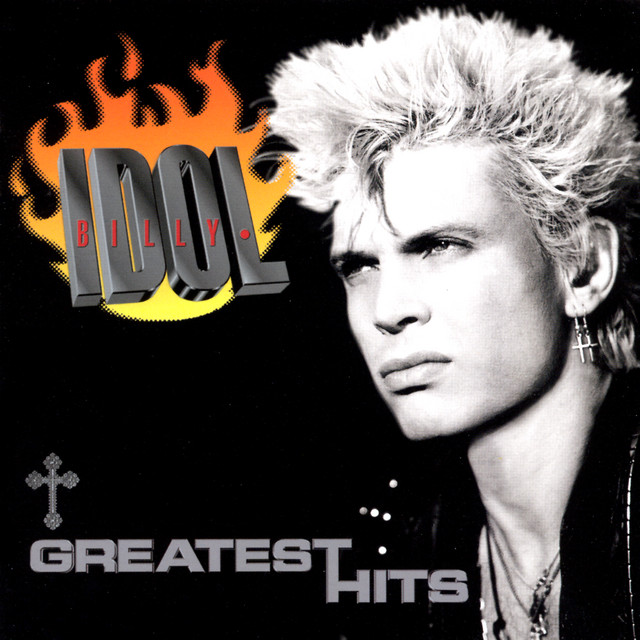
The snarl and rebellion of Billy Idol translates surprisingly well to unplugged formats because the song’s DNA was always punk at heart. Those natural harmonics that open the track aren’t just for show – they’re a gateway drug to understanding how sound physics work on a fretboard. The song shifts from 80s rock relic to practical lesson in using the B minor pentatonic scale – the same pattern that powers everything from Nirvana to Jack White.
The power chord progression unfolds almost like someone designed it specifically to teach rock fundamentals. D to B, with A, E and back again – it’s practically a roadmap of rock’s essential movements. When played on wood and nylon, the composition’s framework uncovers its true heritage – not as corporate rock product but as pure rebellious energy that thrives in any format. Like a leather jacket that somehow looks equally authentic on a motorcycle or in a coffee shop, White Wedding’s adaptability proves its legitimate rock citizenship.
7. Men At Work – Down Under

This Australian cultural passport teaches something crucial about guitar accessibility: capo placement is music’s great equalizer. The composition’s native B minor/D major framework sounds intimidating, but slap a capo on the second fret and suddenly those shapes transform into beginner-friendly A minor, C, F and C. The piece becomes a case study in how position shifts can make seemingly advanced music accessible to everyone.
What’s most subversive about Down Under without amplification? It highlights how arbitrary notions of “difficulty” often are. The exact same notes can be beginner or intermediate level based on a simple tool and position shift. This challenges the myth of musical elitism – that some compositions are inherently “too advanced” for newer players. Six-string reinventions democratize access, similar to how sampling technology later allowed hip-hop producers to transform complex orchestrations into accessible beats for non-traditional musicians.
6. The Human League – Don’t You Want Me

Stripping this synth-pop monument down to wood and strings brings the harmonic DNA lurking behind the keyboards into sharp focus. The simple A minor framework (Am, F, G, Em) demonstrates how the track’s emotional tension came not from technology but from those minor key relationships that have powered sad songs since medieval times. Played with just fingers on strings, this translation process underscores how fundamentally traditional this seemingly futuristic track always was.
The pre-chorus introduces brief D minor and A major movements that create narrative tension before resolving. This harmonic storytelling technique works regardless of instrument or era, connecting this 80s track to centuries of composition tradition. The stripped-back version discloses something the 80s often tried to hide – these weren’t alien transmissions from a synthetic future, but human emotions wrapped in technological clothing. Without synthesizers, the curtain pulls back on the wizard, showcasing the timeless, human pulse beating inside what once seemed purely mechanical.
5. Toto – Africa

The transformation of Africa to acoustic format presents a fascinating truth: difficulty is contextual, not absolute. That intimidating B major landscape becomes accessible when you place a capo on the fourth fret, creating a friendly map of G, F, Am, and Dm shapes. This six-string reinvention democratizes access to what many consider an untouchable classic.
Those unavoidable barre chords that remain (Bb, F, Bm) offer perfect stepping stones for developing players – challenges that appear precisely when you’re ready to level up. The song functions almost as a perfectly designed curriculum for intermediate guitarists. This reflects broader patterns of musical gatekeeping – techniques often labeled “advanced” are really just unfamiliar, not inherently difficult. Reimagined on six strings, Africa offers a permission slip to approach seemingly untouchable compositions on your own terms, similar to how cover versions allow new generations to claim cultural artifacts as their own.
4. Duran Duran – Hungry Like the Wolf

The New Romantic princes of style-over-substance accusations find vindication in acoustic translation. Those key changes that seemed like studio trickery? They’re actually sophisticated compositional choices that create emotional movement even when played on a single, simple instrument. The shifts from E major through various tonal centers portray Duran Duran as secretly ambitious songwriters hiding behind pretty faces and fashion spreads.
The track’s adaptability emphasizes the solid compositional foundation that critics often missed beneath the visual packaging. Each key shift generates mood evolution that doesn’t require production tricks – just thoughtful chord choices. This transformation process mirrors how artists like Taylor Swift later proved their songwriting chops through acoustic performances that silenced claims of style over substance. The stripped version doesn’t diminish Duran Duran – it elevates them from pop product to genuine composers who understood emotional manipulation through harmonic movement.
3. Queen and David Bowie – Under Pressure

That iconic bassline – borrowed by Vanilla Ice but forever owned by Queen and Bowie – translates perfectly to acoustic guitar’s lower register. Starting on the fifth fret of the fifth and sixth strings, it illustrates how physical location on an instrument can create instantly recognizable musical geography. The translation underlines the composition’s secret: it was never about production, but about that foundational pattern that works in any context.
Brian May’s distinctive triad approach to chords (D, A, G) conveys a crucial lesson about space in arrangements. By using just three strings instead of all six, May created room for Bowie and Mercury’s vocals to breathe. This minimalist guitar approach isn’t about technical limitation – it’s about intelligent restraint. Like cinematic directors who understand the power of negative space, May’s triads demonstrate how musical impact often comes from what musicians don’t play. The unplugged version brings composition mastery into view that rock production sometimes obscured under layers of bombast.
2. U2 – With or Without You

The Edge’s delay-drenched guitar signature becomes stunningly transparent in acoustic form. Those four chords (D, A, Bm, G) weave a meditative loop that proves U2’s genius never relied on effects pedals – they just enhanced what was already emotionally complete. Unplugged, these four chords function like a living music theory demonstration – showcasing how tension and release fundamentally drive Western harmony.
The song’s spacious arrangement translates perfectly to solo guitar because it was composed with emotional breathing room built in. Each chord gets time to establish its emotional statement before moving to the next, creating a mindfulness exercise disguised as rock music. This approach surfaces U2’s often-overlooked compositional discipline beneath their stadium-sized emotions. Like minimalist architecture that creates profound impact with limited materials, With or Without You achieves maximum emotional effect with just four simple harmonic blocks, proving how restraint often communicates more powerfully than excess.
1. Tom Petty – Free Fallin’

Released as the 80s gasped its last breath, Free Fallin’ strips away everything but the essential framework rock music is built on. Those three chords (D, G, A) exemplify music’s democratic potential – anyone can play this composition after just a week with a guitar. This isn’t a limitation but a deliberate choice, highlighting Petty’s genius for communicating complex emotions through simple tools.
The track’s enduring popularity as a learning vehicle illuminates a truth the music industry often obscures – technical simplicity and emotional complexity aren’t opposed. They often work hand in hand. Free Fallin’ teaches new guitarists that authenticity doesn’t come from complicated chord shapes or production tricks, but from honest expression with whatever tools are available. Like the three-chord punk movement before it, Petty’s approach was revolutionary precisely because of its accessibility, not despite it. It continues teaching new generations that musical participation isn’t reserved for the technically elite.




